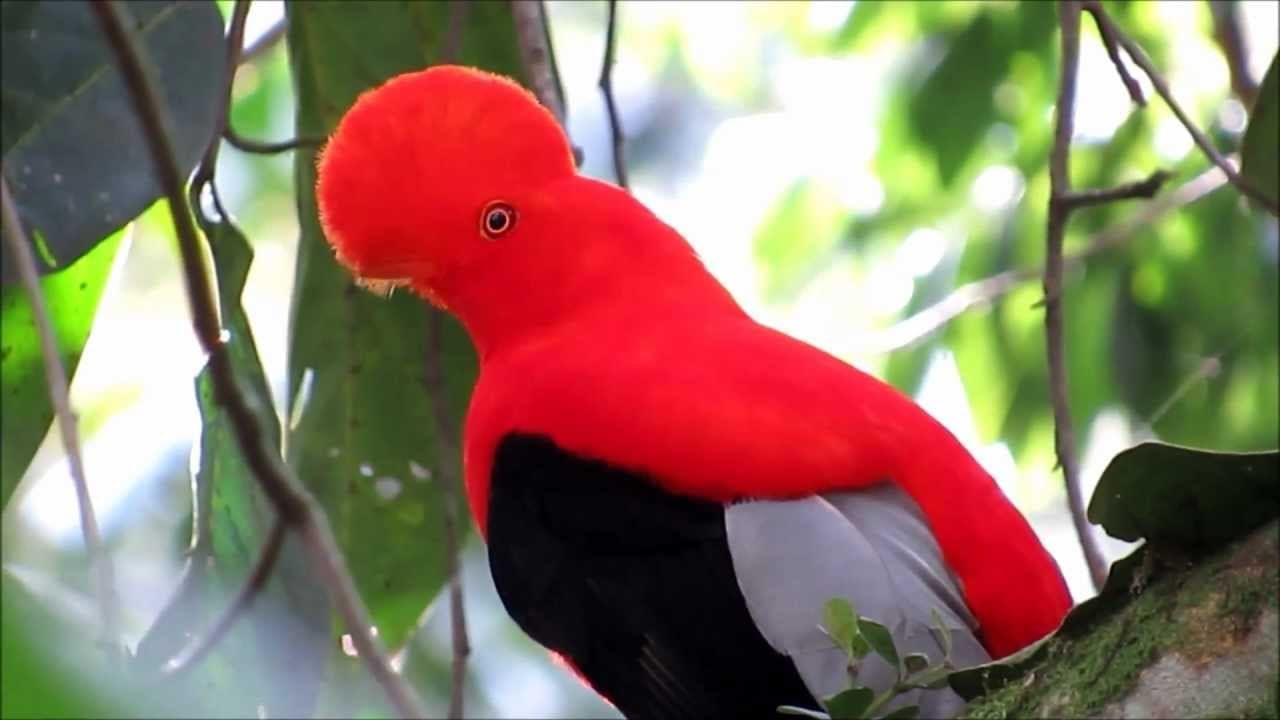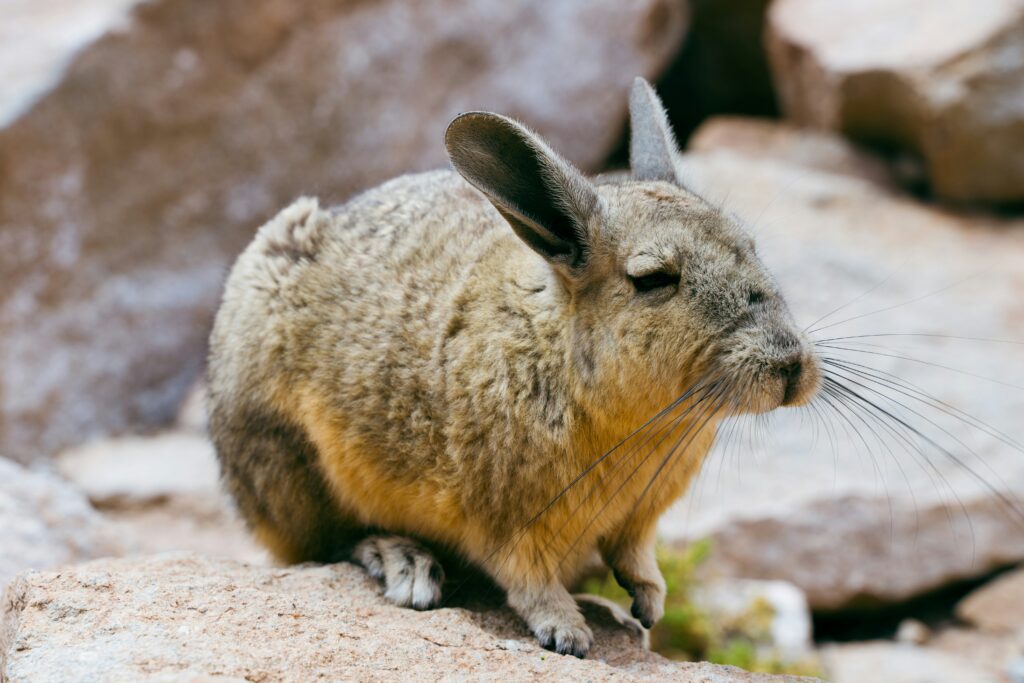Machu Picchu Wildlife
James Bustamante is Native to New York but born to Peruvian parents. He has been traveling throughout Latin America since early 2003 and finally made his home in Peru. James has made his way by eating and traveling through almost every country in Central and South America.
Last Updated on June 10, 2024 by James Bustamante
When referencing the Inca citadel, Machu Picchu wildlife is not something travelers typically think about. There is always talk about the Temple of The Sun, The Temple of The Three Windows, and The Inca Bathhouse, among other important landmarks, but hardly anyone mentions how varied the local wildlife is. The area’s flora and fauna are pretty considerable due to its location in the cloud forest, where the mighty Andes meet the mysterious Amazon rainforest.
Nestled high in the Andes Mountains of Peru, Machu Picchu is a marvel of ancient architecture and a haven for diverse wildlife. Visitors to this UNESCO World Heritage site can encounter a variety of unique species, from the elusive spectacled bear to the vibrant Andean cock-of-the-rock. Machu Picchu’s rich biodiversity enhances its allure, offering nature enthusiasts a chance to observe rare animals and plants in their natural habitat. Join us as we explore the fascinating wildlife that calls Machu Picchu home.
Let’s review some of the most fascinating wildlife a hiker might see while in Machu Pichcu and the rest of the cloud forest.
The Viscacha
Viscachas are a small rodent that looks like a mix of a rabbit and a squirrel. These small rodents are among the easier-to-spot of the Machu Picchu wildlife. They have long ears and bushy tails and are known for their soft, dense fur. If you pay close attention, you can see viscachas jumping around the cliffs surrounding Machu Picchu. Their grey fur color helps them blend into the rocky surroundings, so it might take a while before getting a good glimpse of one. The good thing is that viscachas are daytime social animals, so if you see one, you’ll likely see more.
If you’re lucky, you might see a viscacha running past you in the Machu Picchu ruins while they look for food.
The Cock of The Rocks

The Cock-of-the-rock is a very recognizable bird found in the cloud forests of the Andean regions, this would include Aguas Calientes and Machu Picchu. The male of the species has vibrant orange or red plumage and a prominent fan-shaped crest on its head, making it easier to tell apart from the female. The females, on the other hand, are as flamboyant in their coloring and are usually brownish, which helps them blend into their environment.
These medium-sized birds inhabit the humid cloud forests and steep, rocky ravines of the Andes. The area around Machu Picchu, with its lush vegetation and rocky outcrops, is an ideal habitat for them.
As Peru’s national bird (It is not the Andean Condor), the Cock-of-the-rock is significant and culturally important. Its vibrant appearance and unique behaviors make it a popular subject of folklore and nature tourism. Seeing one of these birds in the wild is a highlight for many visitors to Machu Picchu and the surrounding areas; some people come to Machu Picchu just to get a glimpse of one.
The Giant Hummingbird
The Giant Hummingbird (Patagona gigas) is a remarkable bird in the Andean regions, including around Machu Picchu. If you have a good eye for bird species, you can find this elusive giant of the hummingbird species. Known for being the largest hummingbird species in the world, hence the name “Giant Hummingbird”, it measures about 20-22 cm (8-8.7 inches) in length and weighs approximately 18-24 grams. Despite its comparatively large size compared to other hummingbirds, it retains the agile flight characteristics of other smaller birds.
The giant Hummingbird’s plumage is generally not the most colorful, which makes it different from other species of birds found in the cloud forest. It has an earthy brown with a slightly iridescent throat and head, providing camouflage against the natural backdrop of its habitat. The Giant Hummingbird is often found in open woodlands, scrublands, and areas with abundant flowering plants at high altitudes. The environment around Machu Picchu, with its diverse flora, offers an excellent habitat for these birds.
The Giant Hummingbird feeds primarily on nectar from various flowering plants, using its long bill to reach deep into flowers. It plays a crucial role in pollination, transferring pollen from one flower to another as it feeds. In addition to nectar, it occasionally consumes insects and spiders, which provide essential proteins and nutrients.
There are a few differences between the giant Hummingbird and the smaller species. For one, they have a slower wing beat than smaller hummingbirds, around 10-15 beats per second. This slower pace allows it to hover efficiently despite its larger size. This difference in wing beats plays heavily into their mating rituals. During the breeding season, males perform aerial displays to attract females, showcasing their agility and strength.
The Andean Fox
The Andean fox is an elusive mammal that lives in the valleys and mountains near and around the Machu Picchu citadel. This medium-sized canid, weighing 5 to 13 kg and measuring 60 to 90 cm in body length, features a bushy black-tipped tail and a reddish-brown coat mixed with grey and white fur; it also has black markings on its muzzle and ears. The Andean fox is mainly nocturnal but can sometimes be active during more excellent daytime hours. This highland fox species is generally solitary, though pairs can be seen during the breeding season when you are more likely to spot one during a visit to the cloud forest.
It is a good bet that an Andean fox is usually nearby if you happen to be in an area with Viscacha communities.
The Andean Condor
The title of the largest flying bird in the world goes to the Andean Condor, an impressive species that calls the local skies its home. The Andean Condor has a massive wingspan of up to 3.3 meters (10.8 feet) and can weigh between 11 to 15 kg (24 to 33 lbs). The condor has a characteristic black plumage, a white ruff of feathers around its neck, and striking white patches on its wings. Once you see an Andean Condor, the impression it leaves tends to stick due to its immense size.
Males have a distinctive fleshy crest on their heads. Andean condors prefer open grasslands and mountainous regions where they can soar using thermal air currents, which are necessary for such a large bird to fly.
They are scavengers and, as such, primarily feed on carrion. They play a vital role in the ecosystem by helping to dispose of dead animals and preventing the spread of disease. They have excellent eyesight, which allows them to spot carcasses from great distances. Though sightings of Andean condors near Machu Picchu are rare, the presence of these birds is a testament to the region’s rich biodiversity. Travelers are more likely to spot one in the Colca Canyon, located in the region of Arequipa, which is a few hours away from Cusco by land.
Machu Picchu Wildlife Conclusion
While the ruins are the centerpiece to a fantastic experience in Machu Picchu, the local flora and fauna complement the trip remarkably well. If you are fortunate enough to visit Machu Picchu, you might also be lucky to see one of these unique Andean species. Make sure to include a list of flora and fauna you want to photograph when putting together your Machu Picchu travel package.
Featured Image by Photo by Mark Kuiper





